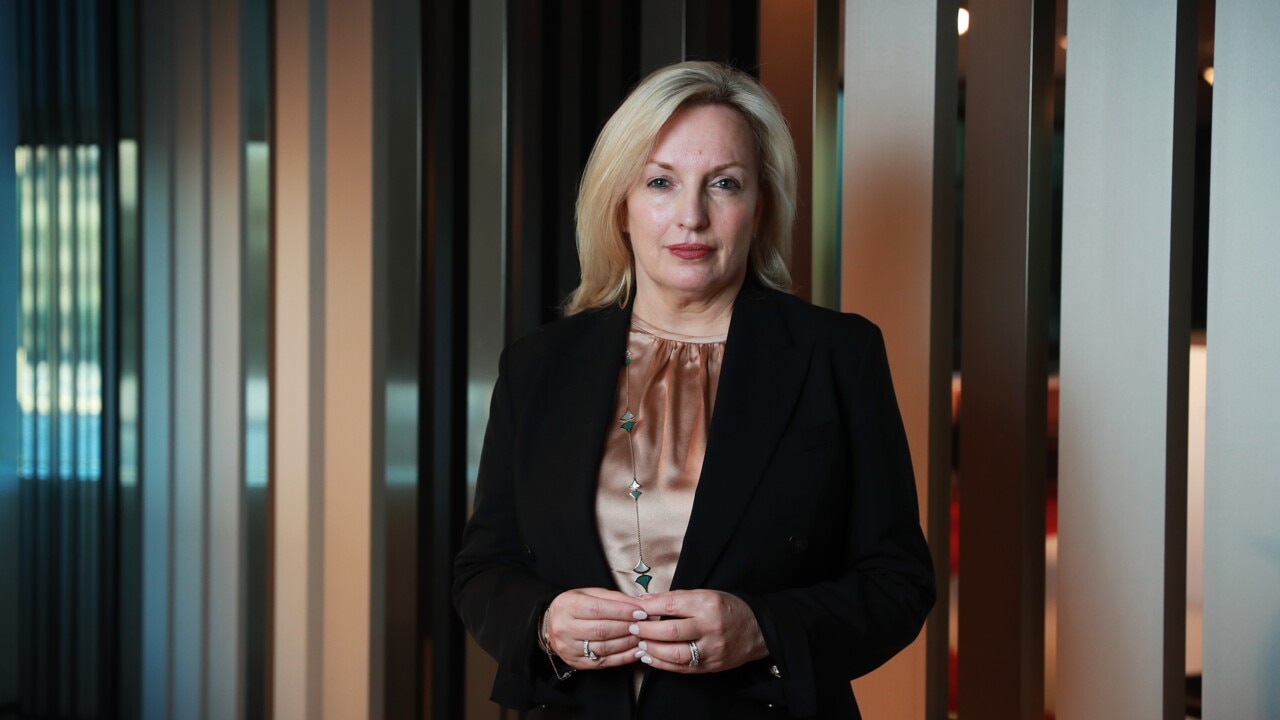
And on a broader front we also discover a core reason why the Scott Morrison government is in so much trouble --- it has sadly allowed to develop an ingrained culture of cover-up in parts of the bureaucracy.
We saw this concealment culture in the attempts to hide the independent report clearing the CEO of Australia Post Christine Holgate; the concealment of the $3 billion of state GST revenue loss by mistakes made by the Australian Taxation office; the original documented cost estimate of the submarine project; aspects of the vaccine rollout, plus many more situations.
And each time there is a cover-up it comes back to bite the government in a way that could have been avoided with frankness and openness.
To understand the deep opinion differences over the future of Australia Post I have to take you back to July 2019.
In the year previously the bonanza agreement between Australian Post and the banks had been signed; four executives had been given watches with the approval of the then chairman John Stanhope and the Australia Post auditors.
Then, in July 2019, the minister for communications Paul Fletcher and finance minister Mathias Cormann announced that John Stanhope would conclude his second term as chairman on November 21, 2019 and a new chairman would be announced at a later date.
Significantly Fletcher and Cormann made an additional announcement which included these words:
“To inform the incoming chair and further inform the board and chief executive officer, in addition to Australia Post’s existing corporate plan 2023, the Australian government has appointed management consulting firm BCG to conduct a review of Australia Post’s strategy to operate as a sustainable and fit-for-purpose service provider for the longer term”.
Fletcher and Cormann clearly wanted to explore options for Australia Post different to the existing corporate plan and was “informing” Holgate and the board. It was a clear intervention by the public service and ministers into changing the strategies of Australia Post.
BCG (formerly known as Boston Consulting Group) are experienced consultants and unlikely to make radical recommendations unless they knew they were supported in parts of the departments that appointed them.
When Lucio Di Bartolomeo took the chair some five months later he would have been aware that these fundamental views in the departments were different to those of Australia Post management.
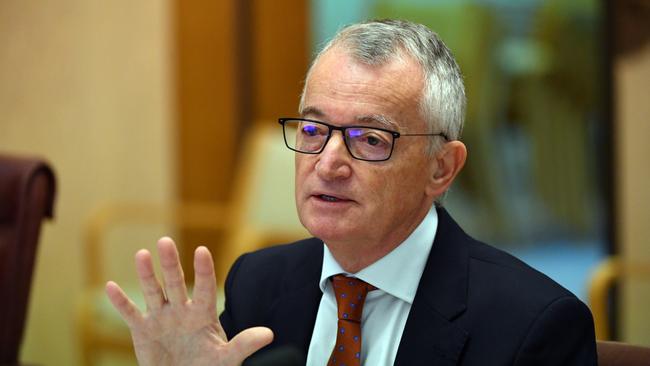
Former Australia Post CEO Ahmed Fahour and its then CEO Christine Holgate both planned that Australia Post would develop into the major parcel delivery operation in Australia and defeat international rivals DHL, Toll and others.
In accordance with the government’s tradition of concealment, the BCG’s original and later amended report were concealed, but Christine Holgate in the Senate inquiry revealed part of the contents
According to Holgate the original BCG report overturned almost everything Australia Post had been planning. Later it was modified, but its basic thrust remained and clearly represented a view held by parts of the government. Christine Holgate had become a blockage.
Here are parts of the BCG original report as told to the Senate by Holgate: “The review was comprehensive and both the executive and the chair were extensively involved in it.
“The BCG review did not support management’s view of having a strategy to grow the business or remaining sustainable by leveraging our infrastructure to carry parcels and letters whilst building new services, including extending financial services.
“We believed this strategy would protect community services, maintain jobs and build a new legacy for Australia Post to serve all Australians for decades to come, whilst remaining viable.
“BCG essentially argued it was too optimistic and risky, even though the business was ahead of its targets for the year when the review commenced and the organisation had only lost money once in its history.
“BCG put forward four reform paths for consideration, which focused on cutting costs and driving efficiencies. Initially these reform paths started from driving efficiencies in the corporate centre, to significantly reducing letter services nationally, increasing prices, closing post offices, divesting of the parcels business and restricting financial and other services.
The implications of these would be significant, including cutting thousands of jobs, reducing services and risking customer loyalty.
“As an executive team, we committed to be more efficient in the corporate centre, but we pushed back on the need and the ability to cut back the services and jobs as they proposed and the significant disruption a parcels divestiture would cause. Disappointingly the BCG review did not significantly explore opportunities to grow, such as extending financial services.”
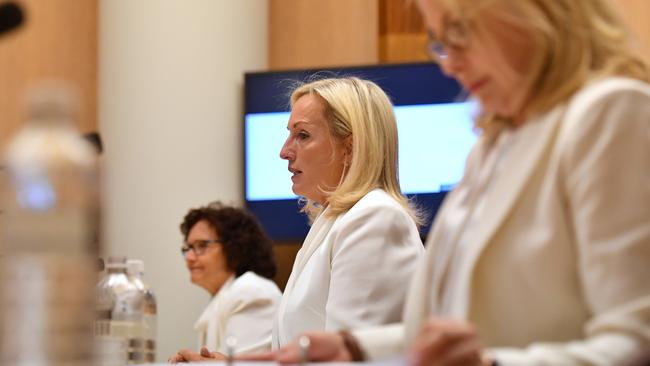
Around the time the report was issued the COVID-19 pandemic was spreading and Australia Post feared it would be hit hard. But those fears were wrong and the original plan worked brilliantly as Australia Post took control of the parcels business, which exploded. The branches that BCG wanted to close were a key part of the operation.
One can only imagine the resentment and hatred this caused in parts of the bureaucracy because they and BCG had been proved wrong. But if Australia Post is continually interfered with by the bureaucrats then BCG eventually might be right and will be unable to run its business.
We now know that the removal of Christine Holgate was a carefully planned operation involving a series of leaks of half and quarter truths to the media and the board blocking of Holgate telling her version of the events.
Then, without warning, she was asked the question in a parliamentary committee about the watches presentation two years earlier and there’s no doubt she fumbled, to the delight of the plotters.
The Prime Minister, who almost certainly didn’t know that he was part of a bigger agenda, went over the top and the rest is history.
He now must reveal the BCG report and set out the government’s Australia Post policy - exactly what should have been done before the plotters had a chance to strike.


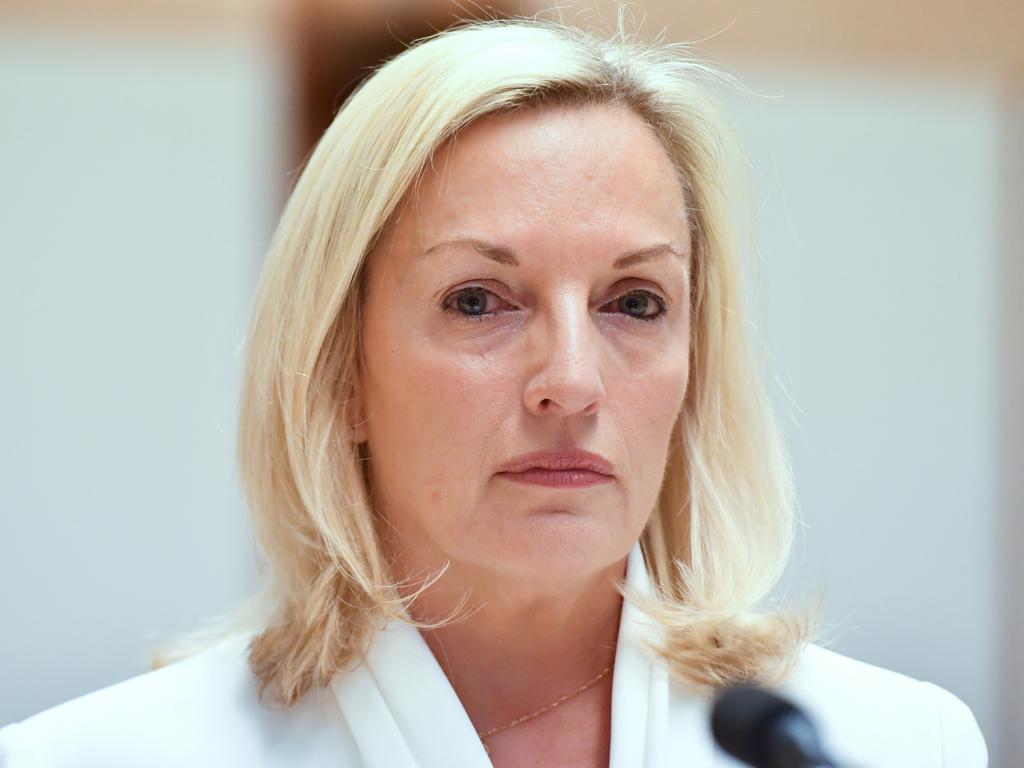



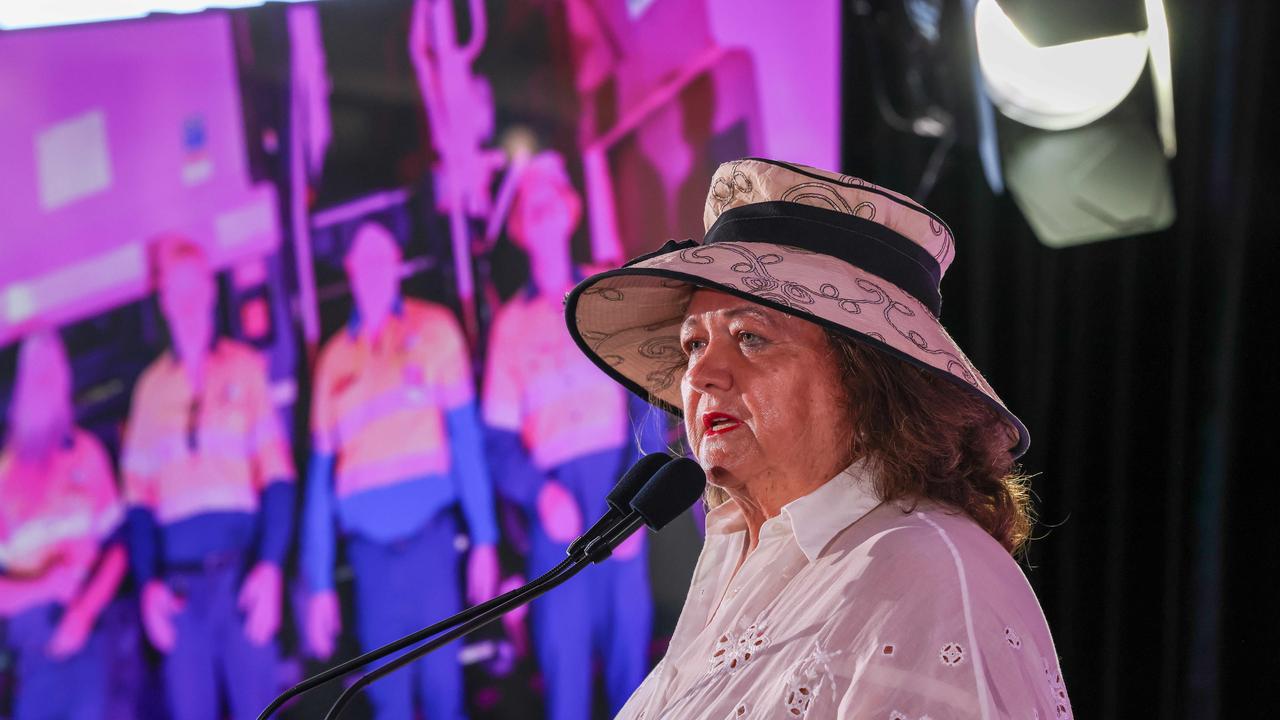
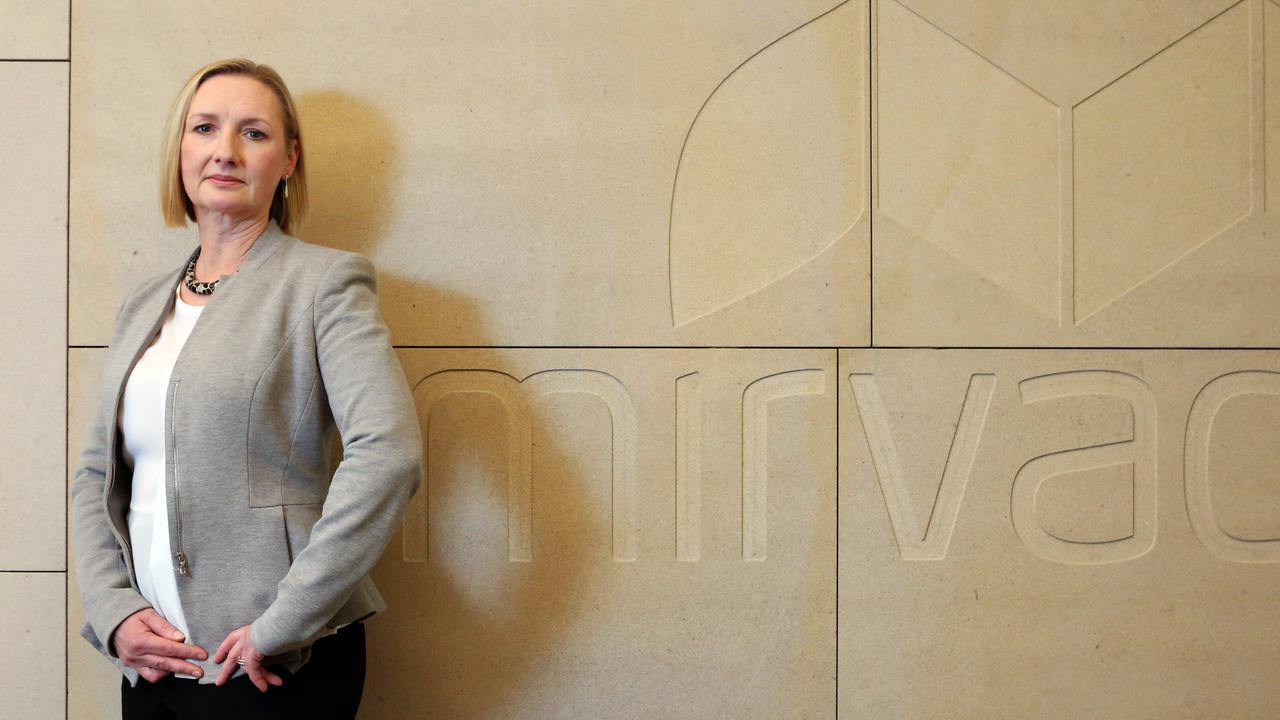
Take away the emotion and suddenly in the Senate inquiry we discover the real cause of the divisions between the departments responsible for Australia Post, its board and its management.